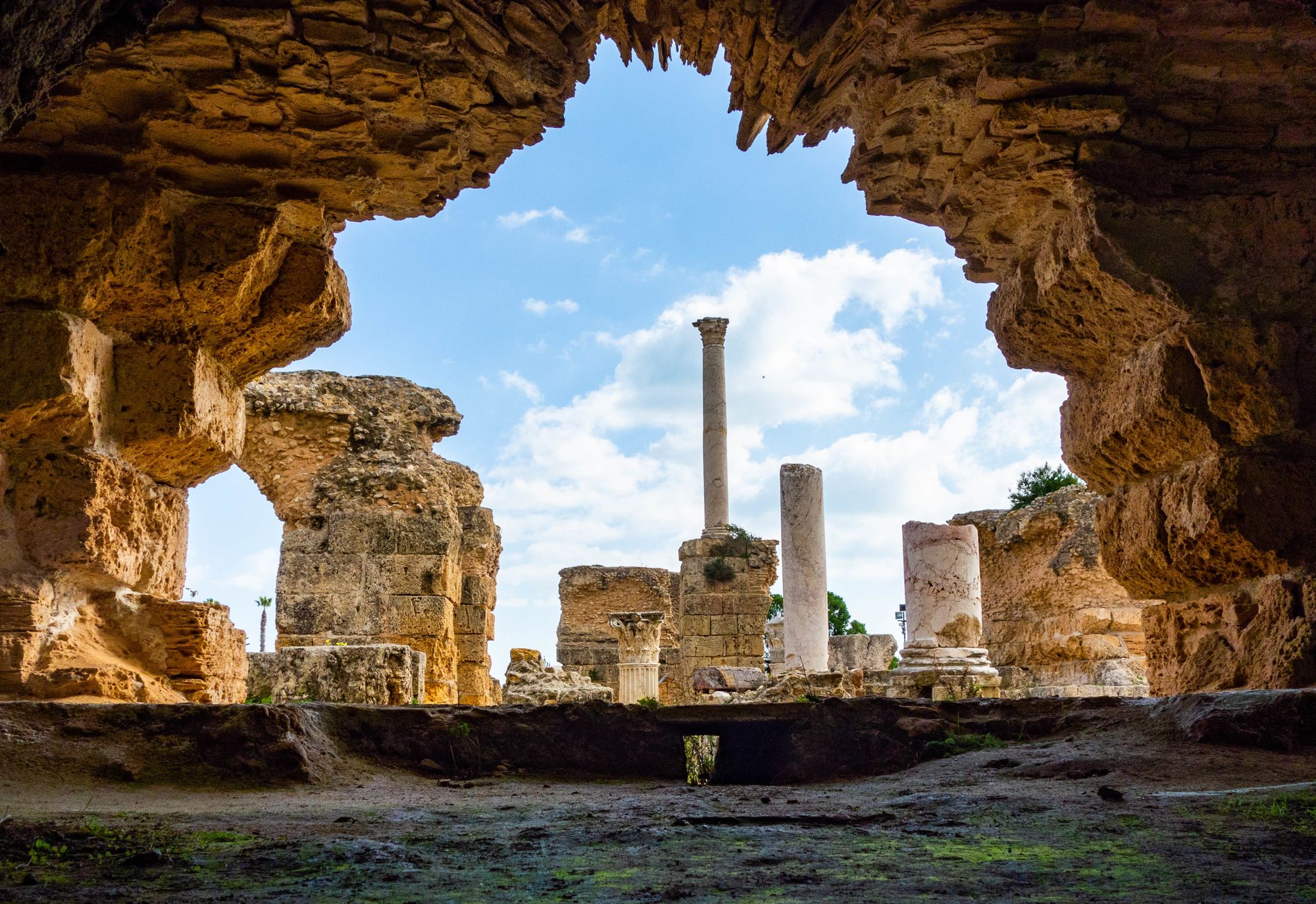A new study published in Nature Climate Change details the risk that important cultural heritage sites in Africa will face over the next century of global temperature rises, finding that almost 200 out of 284 coastal sites will risk exposure to a once-in-a-century natural disaster by 02050. The study, published by a team of researchers from Europe and Africa, sheds light on an under-discussed area of heritage protection.

While prior studies have analyzed the risk that World Heritage sites broadly face in response to sea level rise, they have been limited in their discussion of African sites due to preexisting under-representation of sites in Sub-Saharan Africa on lists like the UNESCO World Heritage list. To address this limitation, the study’s authors expanded its scope to include sites on the UNESCO World Heritage Tentative List and the Ramsar Convention on Wetlands of International Importance.
The study includes both natural and cultural heritage sites, with some of the most affected sites under both moderate and severe warming projections including archeological sites like the ruins of Carthage and the Togolese village of Aného-Glidji as well as biodiversity hubs like the Curral Velho wetland in Cabo Verde and Aldabra Atoll, the 2nd largest coral atoll in the world.

In addition to the broader effects of human activity on global warming and sea level rise, the study’s authors note a number of human factors that affect the risk faced by particular sites. A number of sites in west Africa are currently protected by coral reefs and mangrove forests, but ocean acidification and mangrove logging may increase risk even further if allowed to continue. More hopefully, some sites in the dataset are already under increased protection. The study notes that the Egyptian government recently invested $14 million in addressing erosion at Qaitbay Citadel, an Egyptian fortress erected on the former site of the Lighthouse of Alexandria.
Yet far more sites within the study’s corpus are under ever-growing risk of severe damage due to sea level rise. The findings here indicate the need for long-term planning and investment in the world’s cultural and natural heritage, with an emphasis on those areas that have been historically under-served.